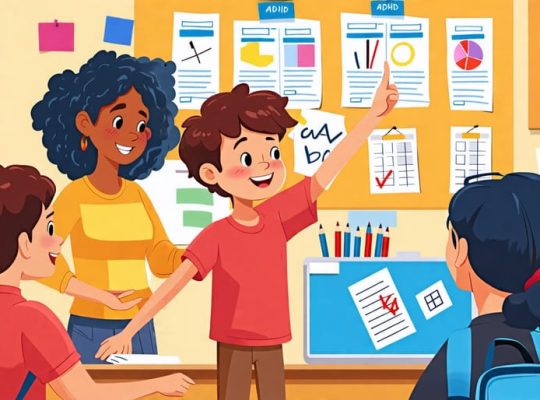The Importance Of Keeping A Close Eye On Your Child’s Mental Health While Working From Home
The shift to remote work has reshaped the dynamics of modern families. What once were separate spheres—home life and work life—have now merged into one often chaotic space. While working from home offers flexibility and convenience, it also brings new challenges, particularly for parents. One of the most significant yet overlooked consequences is the impact on children’s mental health. As parents juggle Zoom meetings, deadlines, and household responsibilities, it becomes increasingly important to stay attuned to the emotional well-being of their children. In this new normal, mental health must be treated with the same urgency and…










